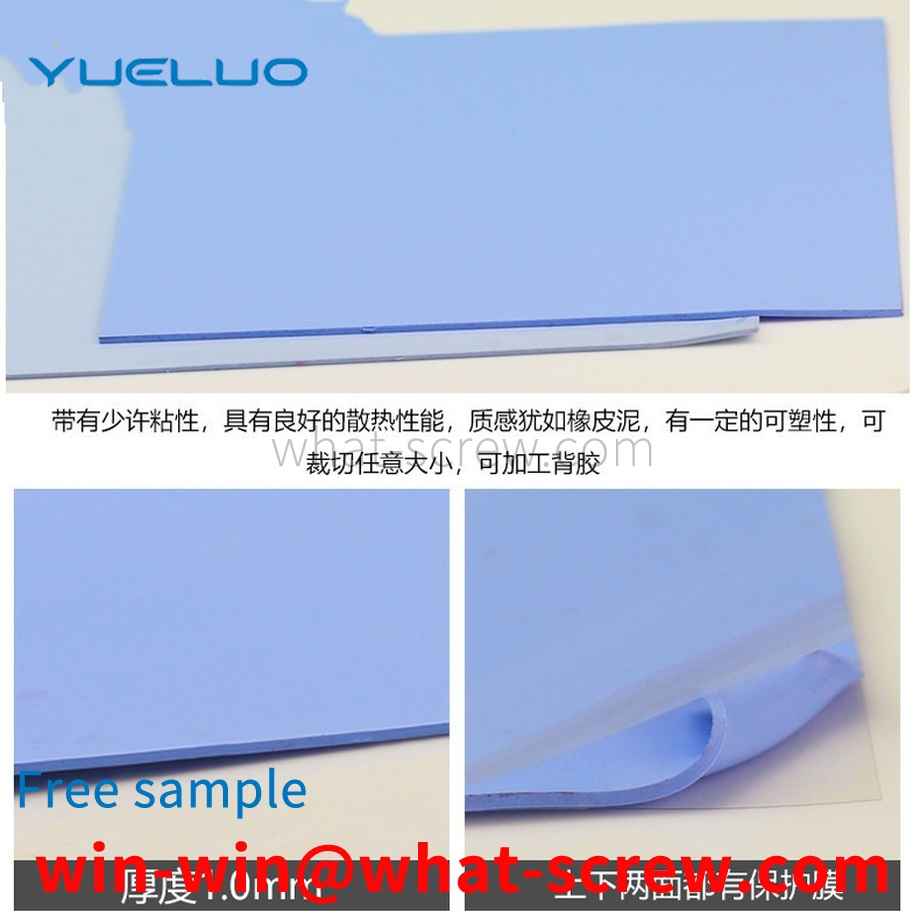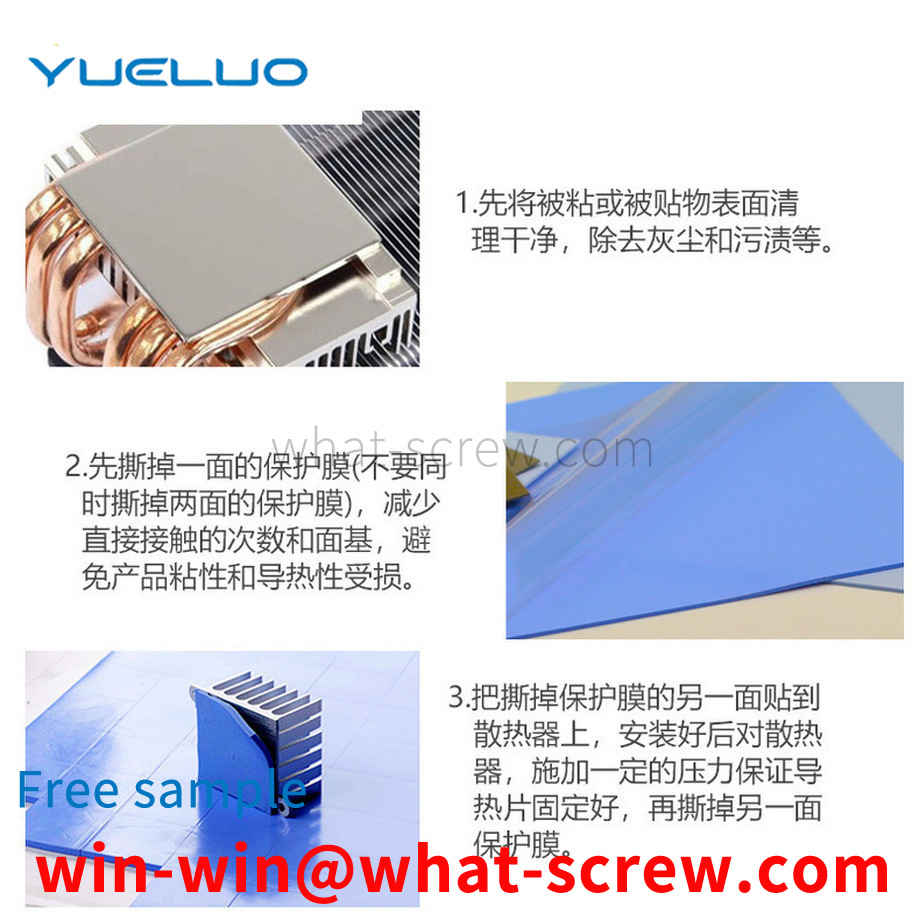Gaskets are primarily used to protect the bearing surfaces of the coupled pieces. Bolts, nuts, etc. are mostly made of medium carbon steel, and alloy steel is also used. When there are requirements for anti-corrosion or electrical conductivity, copper, copper alloy and other non-ferrous metals can also be used. The standards of China and many countries stipulate that threaded joints are graded according to their mechanical properties, and the grade code is marked on the fastener. The rivet is made of steel, aluminum alloy or copper alloy, etc., and the head has various shapes to meet the needs of different rivet seams.
The bolt thread is generally cold worked, so that the thread blank within a certain diameter range passes through the rubbing (rolling) wire plate (die), and the thread is formed by the pressure of the wire plate (rolling die). The plastic streamline of the threaded part is not cut off, the strength is increased, the precision is high, and the quality is uniform, so it is widely used. In order to make the outer diameter of the thread of the final product, the required thread blank diameter is different, because it is limited by factors such as thread accuracy and whether the material is coated or not. Rolling (rubbing) thread is a processing method that uses plastic deformation to form thread teeth. It uses a rolling (screwing plate) die with the same pitch and tooth shape as the thread to be processed, while extruding the cylindrical screw blank, while rotating the screw blank, and finally transferring the tooth shape on the rolling die to the On the screw blank, the thread is formed. The common point of rolling (rubbing) thread processing is that the number of rolling revolutions does not need to be too much. If it is too much, the efficiency will be low, and the surface of the thread teeth will easily cause separation or random buckle. On the contrary, if the number of revolutions is too small, the diameter of the thread is easy to be out of round, and the pressure at the initial stage of rolling increases abnormally, resulting in a shortening of the life of the die. Common defects of rolled threads: cracks or scratches on the surface of the thread part; random buckles; out of roundness of the thread part. If these defects occur in large numbers, they will be discovered during the processing stage. If the number of occurrences is small, the production process does not notice these defects and then circulates to users, causing trouble. Therefore, the key issues of processing conditions should be summarized, and these key factors should be controlled in the production process.
Anchor bolts are also known as stiffened anchor plate anchor bolts, welded anchor bolts, anchor claw anchor bolts, rib plate anchor bolts, anchor bolts, anchor screws, anchor wires, etc. It is specially designed to be buried in the concrete foundation and used as the base for fixing various machines and equipment. Figure 7 anchor bolts are the most commonly used anchor bolts. It is generally made of Q235 steel, with high strength using Q345B or 16Mn material, and also using 40Cr material to process 8.8-strength products, and occasionally using secondary or tertiary rebar. Anchor bolts are divided into wool, thick rod and thin rod. The wool material is the raw material steel, which is directly processed from round steel or wire without modification; thick rods or called A-type, thin rods or B-type, are processed from steel modified into the corresponding required rod diameter. Welded anchor bolts are made of single-headed bolts welded with stiffened iron plates. Its anti-pulling ability is strong. According to the different conditions of use, it can reach 3.6, 4.8, 6.8, 8.8 and other grades respectively. The tensile capacity of 3.6 grade 7-shaped anchor bolts is the tensile capacity of the steel itself. The tensile strength of anchor bolts directly processed from Q345B or 16Mn raw materials can reach a tensile strength of 5.8. The tensile strength of grades 4.8, 5.8, 6.8 and 8.8 refer to the provisions on mechanical properties in GB/T3098.1.
In our life, there are many solid wood furniture. The parts of these furniture are positioned and connected by connecting parts such as screws or nails, so the surface of the furniture will leave marks of screws or nails, or even some cracks, so that the surface of the furniture will not be damaged. Flat, particularly unsightly.
The flat key transmits torque on the side, has good neutrality, is easy to assemble and disassemble, and cannot realize the axial fixation of the parts on the shaft. Ordinary flat key: Type A, Type B, Type C, Type A is used for shaft grooves machined by end mills. The key is well fixed axially in the groove, but the stress concentration caused by the groove on the shaft is large; Type B is used for disc milling cutters. The machined shaft groove, the stress concentration of the shaft is small; the C type is used for the shaft end; it is suitable for high-speed, high-precision or occasions under variable load and impact, such as fixing gears, sprockets and other rotating parts on the shaft. Guided flat key: The key is fixed on the shaft with a screw, the key and the hub groove are in dynamic fit, and the parts on the shaft can move axially. For the convenience of starting the key, there is a key-starting screw hole. Use the occasions where the axial movement of the parts on the shaft is not large, such as the slip gear in the gearbox. Feather key: The key is fixed on the axle, and the parts on the shaft can move axially with the key; it is used in the occasions where the axial movement of the parts on the shaft is large;
We have many years of experience in the production and sales of screws, nuts, flat washers, etc. The main products are: American standard gaskets, cross cylinder head bolts, common screws, natural hexagon welding nuts and other products, we can provide you with suitable fastening products piece solution.



















 Service Hotline
Service Hotline




